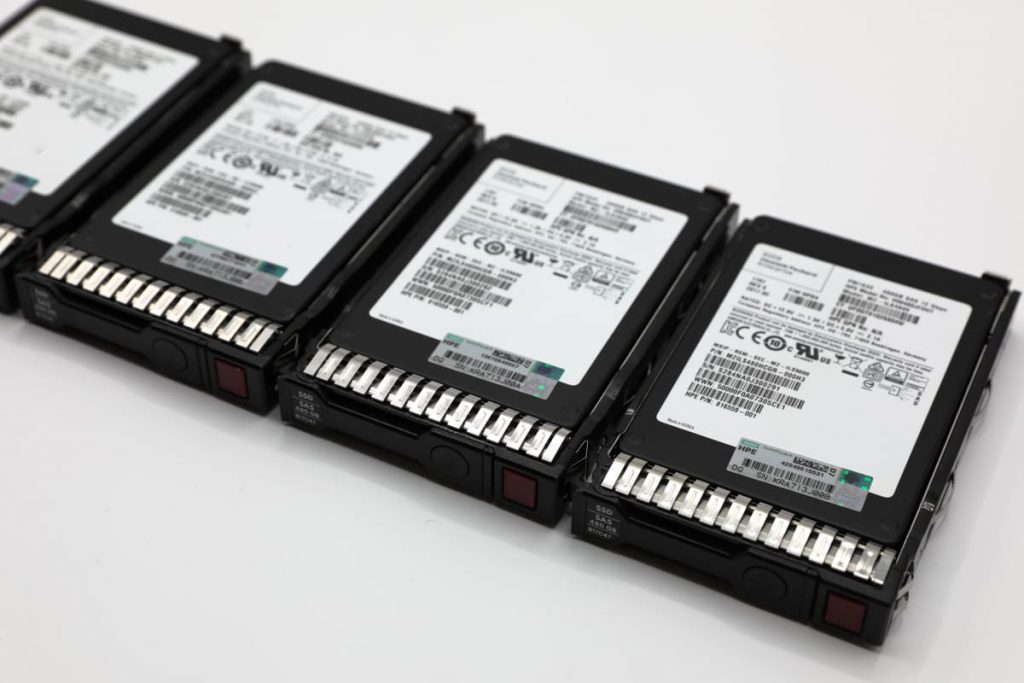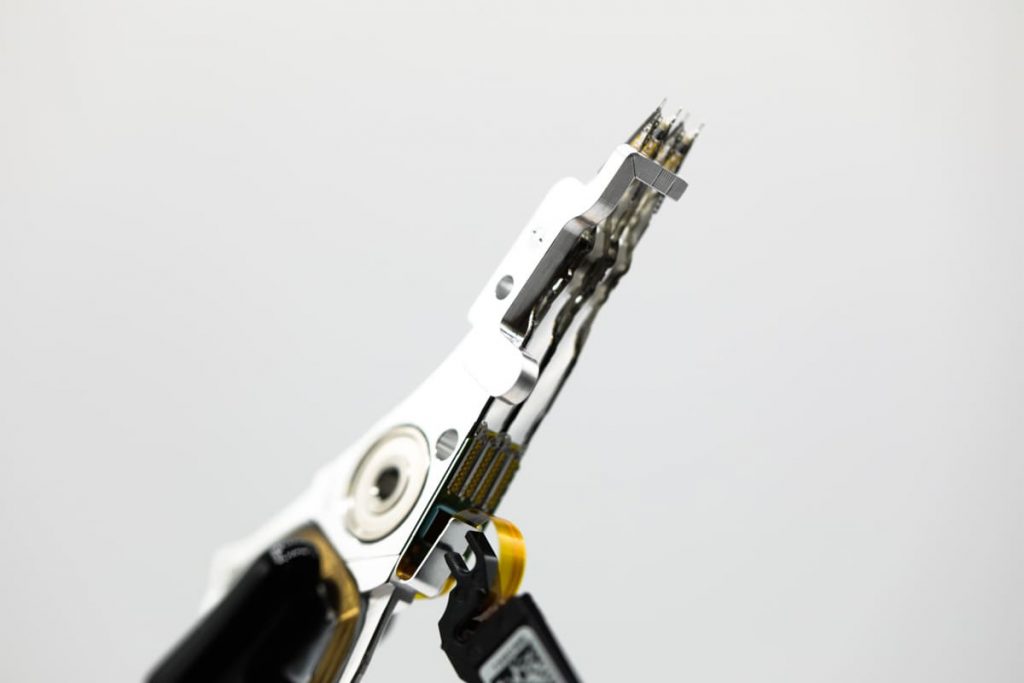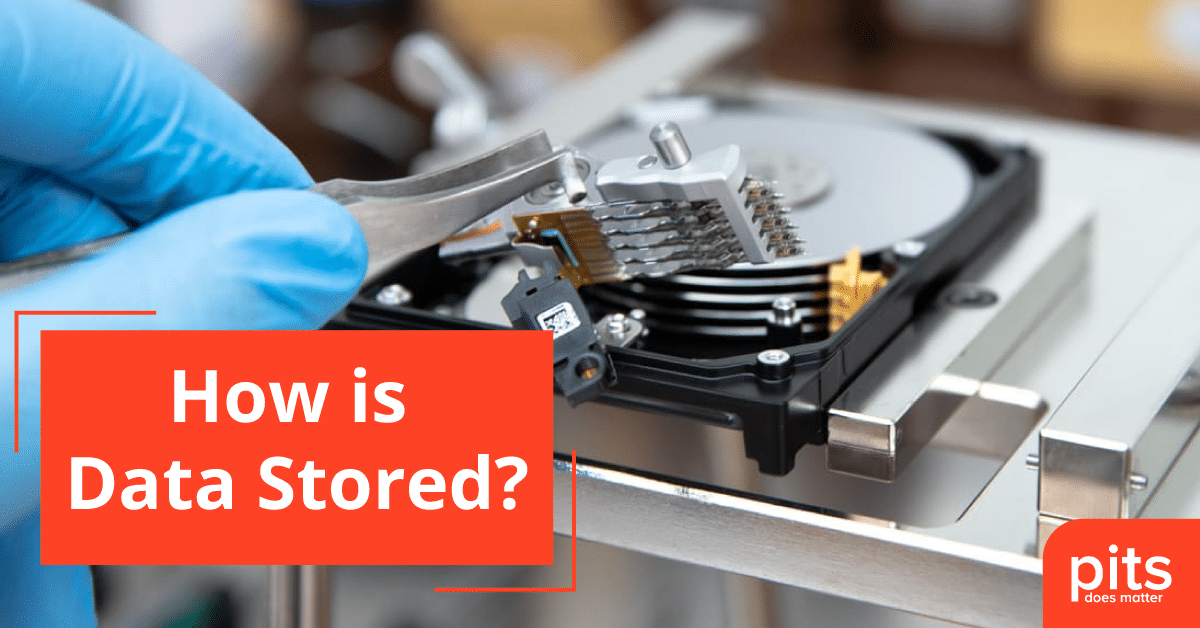A hard disk drive, commonly known as a hard drive, is a type of storage device used in computers and other electronic devices to store and retrieve digital data. Hard drives have been a fundamental part of computing since the late 1950s and continue to be widely used today.
What is a Hard Disk Drive?
A hard disk drive is a non-volatile storage device that stores digital data on magnetic platters. The platters are coated with a magnetic material that can be magnetized in different directions to represent the 1s and 0s of digital data. The hard drive also contains read/write heads that move over the platters to read and write data.
Where are Hard Drives Used?
Hard drives have been used in computing for several decades and are a popular choice for storing large amounts of data. Due to their reliability, cost-effectiveness, and high capacity, they are used in a wide range of electronic devices, from personal computers to servers in data centers.
Desktop computers and laptops typically use internal hard drives to store the operating system, applications, and user data. These drives are usually 3.5 inches or 2.5 inches in size, with capacities ranging from a few hundred gigabytes to several terabytes.

Servers, on the other hand, require much larger storage capacities to accommodate multiple users and applications simultaneously. Therefore, they often use multiple hard drives configured in a RAID (Redundant Array of Independent Disks) setup to improve performance and reliability. External hard drives are another popular option for expanding the storage capacity of computers and laptops. These drives are portable and can be easily connected to a computer via a USB or Thunderbolt cable.
In addition to personal computers, hard drives are also used in gaming consoles such as the PlayStation and Xbox. These consoles use hard drives to store games, game saves, and other data. Digital video recorders (DVRs) also rely on hard drives for storing recorded TV shows and movies.
How is Data Stored on a Hard Drive?
When data is written to a hard drive, it is converted into magnetic signals that are recorded onto the platters. The read/write heads, mounted on a mechanical arm that moves back and forth across the platters, read the magnetic signals to retrieve the stored data. To write data to the platters, the read/write heads use a magnetic field to change the direction of the magnetic particles on the platter.
The hard drive stores data in sectors and tracks organized in a concentric pattern on the platters. A sector is the smallest storage unit on a hard drive, typically containing 512 bytes of data. A track is a circular path on the platter that includes multiple sectors. The read/write heads move across the platters to access different tracks and sectors to read or write data.
Components of a Hard Disk Drive
In addition to the platters and read/write heads, the hard drive also contains a spindle motor that rotates the platters at a constant speed. The spindle motor is responsible for spinning the platters at speeds of up to 15,000 rotations per minute (RPM) in high-performance hard drives.
Hard disk drives also have a cache, a small amount of high-speed memory that stores frequently accessed data.

The cache helps to improve the performance of the hard drive by reducing the amount of time it takes to access often used data. Hard drives are also equipped with error-correcting codes (ECC) that detect and correct errors in the data. ECC adds redundancy to the data, allowing the hard drive to detect and correct errors in the stored data.
A hard disk drive is a critical component of modern computing and is used to store and retrieve digital data. Hard drives are used in a wide range of electronic devices and contain platters coated with a magnetic material that can be magnetized to represent the 1s and 0s of digital data.
The read/write heads move across the platters to read and write data, and the spindle motor rotates the platters at a constant speed. Hard drives also have a cache and error-correcting codes that help to improve performance and detect and correct errors in the stored data. With the increasing use of cloud storage and solid-state drives (SSDs), hard drives may eventually become less common. Still, they will continue to be an essential part of computing for the foreseeable future.
